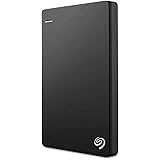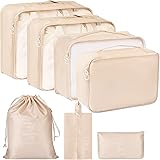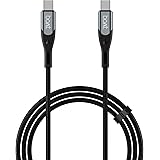Rohtang Pass
The Rohtang Pass offers beautiful sights of glaciers, peaks, Lahaul Valley and the Chandra River. The Pass is a high mountain pass. This pass is open from May to November. It is not particularly high or difficult to cross on foot by Himalayan standards. But it has a well-deserved reputation for being dangerous because of unpredictable snowstorms.
It connects the Kullu Valley with the Lahaul and Spiti Valleys of Himachal Pradesh. The pass provides a natural divide between the Kullu Valley with a primarily Hindu culture (in the south), and the arid high-altitude Lahaul and Spiti Valleys with a Buddhist culture (in the north).
The pass lies on the watershed between the Chenab and Beas basins. On the southern side of this pass, the Beas River emerges from underground and flows southward and on its northern side, the Chandra River (flows from the eastern Himalayas), a source stream of the river Chenab, flows westward.
Best time for Rohtang Pass
The best time to visit Rohtang la Pass is from the September to October. During this time, the pass opens just after monsoons and before it closes for winters.
It is recommended to plan your trip during this time, because the summer months, that is May to June, see a lot of tourists in this region. As a result, it gets quite difficult to get a permit to cross the pass. Additionally, there are long traffic jams in Manali, Rohtang, and Gulaba.
Due to increased tourists’ activity, the prices of hotels, restaurants, and taxis also shoot up during these months. If you plan your trip between September and October, you may be able to get cheaper deals.
As for the rest of the year, Rohtang pass is closed during the winters due to heavy snowfall. During the monsoon months, July to August, the weather is too unpleasant to enjoy any sightseeing or exploring. Hence, we recommend planning your itinerary in September or October so that you can get the most out of your trip.
HORNBULL Stella Mens Brown Purse | Stylist Mens Wallet with RFID Blocking | Wallet Men Brown Genuine Leather Gift Set
₹428.00 (as of December 17, 2025 17:58 GMT +05:30 - More infoProduct prices and availability are accurate as of the date/time indicated and are subject to change. Any price and availability information displayed on [relevant Amazon Site(s), as applicable] at the time of purchase will apply to the purchase of this product.)Namyaa Organic Lip Scrub, Coconut, Glycerin and Other Natural Ingredients, Softens Smooth Exfoliates Lips, 15g
Now retrieving the price.
(as of December 20, 2025 18:00 GMT +05:30 - More infoProduct prices and availability are accurate as of the date/time indicated and are subject to change. Any price and availability information displayed on [relevant Amazon Site(s), as applicable] at the time of purchase will apply to the purchase of this product.)Cinagro Plants Drip Irrigation Kit | Watering Kit for Home Garden, Farming & Agriculture Purposes (30 Plants Kit)
₹749.00 (as of December 21, 2025 18:00 GMT +05:30 - More infoProduct prices and availability are accurate as of the date/time indicated and are subject to change. Any price and availability information displayed on [relevant Amazon Site(s), as applicable] at the time of purchase will apply to the purchase of this product.)WildHorn Gift Hamper for Men I Leather Wallet, Keychain & Pen Combo Gift Set I Gift for Friend, Boyfriend,Husband,Father, Son etc, Multicolour
₹587.00 (as of December 17, 2025 17:58 GMT +05:30 - More infoProduct prices and availability are accurate as of the date/time indicated and are subject to change. Any price and availability information displayed on [relevant Amazon Site(s), as applicable] at the time of purchase will apply to the purchase of this product.)Seagate Backup Plus Slim 1 TB External HDD – USB 3.0 for Windows and Mac, 3 yr Data Recovery Services, Portable Hard Drive, 6 Month Mylio Create and Dropbox Plan – Black (STHN1000400)
Now retrieving the price.
(as of December 19, 2025 18:00 GMT +05:30 - More infoProduct prices and availability are accurate as of the date/time indicated and are subject to change. Any price and availability information displayed on [relevant Amazon Site(s), as applicable] at the time of purchase will apply to the purchase of this product.)










